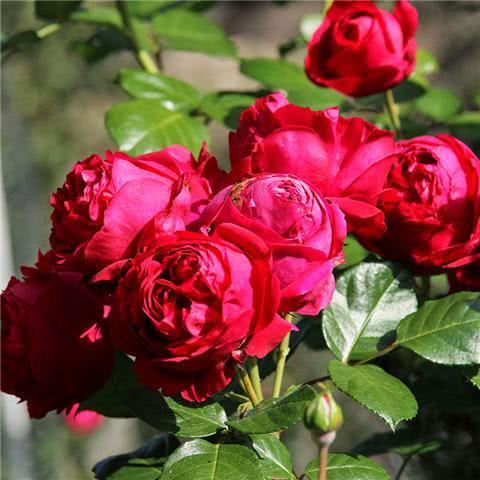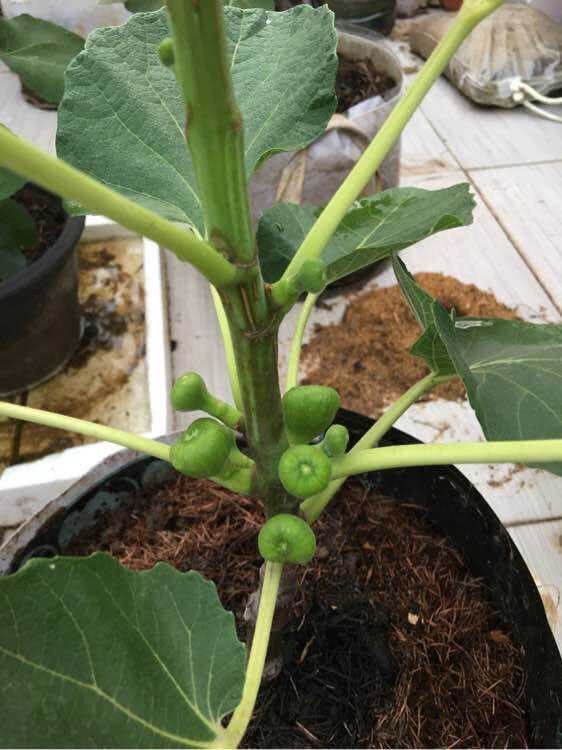Rose flowers bloom without insects to teach you a few tricks big and gorgeous flowers

Rose flowers are easy to raise and look good, and there are many varieties and colors. There are always diseases and insect pests in the process of maintenance, so it is critical to take good control measures. Let's take a look at the prevention and control methods of diseases and insect pests!
Rose pest
(1)。 Red spider
The common insect pest of the red spider, sucking the sap of the leaf, directly affects the photosynthesis, the leaf will turn yellow, the leaf has the pinhole big color spot, the leaf back has the red, black or white spot is the red spider. Red spiders reproduce quickly and do great harm.
Prevention and control methods:
Red spiders are afraid of water and can be wiped with water when they are found. Drugs can be used to kill acaricides such as dacarine.
(2)。 Aphids
The high incidence period of aphids is in the spring and autumn season, and the twigs are easy to be harmed. This kind of insect pest propagates quickly, so it needs to be dealt with in time in order to avoid more serious damage.
Prevention and control methods:
Aphid control can be sprayed with imidacloprid once, and the effect is obvious.
(3)。 Three big bees
Rose three big bee stem bee, leaf peak, leaf cutting bee, the harm is very great, and the drug treatment effect is not obvious, the general jet flavor of drugs, but also affect the living environment. Mainly rely on timely prevention, net prevention.
Stem wasp
Stem bees like to lay eggs in the twigs of the rose, and the larvae will gnaw on the inner stem, which can easily cause the branches to lose water and wither.
Prevention and treatment: cut off the branches directly to avoid harming other branches.
Ye Feng
The leaf wasp mainly harms the leaves of the rose. The leaf wasp lays eggs on the branches of the rose, and the larvae will eat the leaves.
Prevention and control methods:
Drug treatment is unreliable, can only be caught manually, reptile friends should pay attention. You need to kill the bug manually, but you can also use spray insecticides, and the effect is not as good as manual treatment, so you can choose the method depending on the situation.
Leaf-cutting wasp
Leaf-cutting bees eat leaves, and the harm is relatively great, so once it is found that the need for timely treatment, drug treatment is not obvious, they need to move to a new environment to avoid leaf-cutting wasps.
(4)。 Thrips
Thrips do great harm. They breed in spring and have a high incidence in summer, which is easy to cause abnormal and distorted leaves, and the new leaves have brown texture. It greatly affects the growth and flowering of the plant. We should do a good job of prevention and control in spring.
Prevention and control methods:
Thrips can be sprayed with imidacloprid, generally choose in the evening, the effect is very good. Spring is generally sprayed once every two weeks, which can well prevent thrips.
Rose disease
(1)。 Powdery mildew
When powdery mildew occurs in rose, the plant will be very ugly, and the leaves have a lot of white powder that directly affects photosynthesis, wraps the flowers, and directly affects flowering. The leaves infected with the pathogen curl at the edge, and it can be found that the white powder on the back of the leaves will spread the plant and there will be a wide range of powdery mildew.
Prevention and control measures:
Powdery mildew is high in the spring and autumn season, which is generally caused by improper ventilation, so the house should have a better ventilated environment every day. When diseased plants are found, the powdery mildew on the leaves is cleaned in time, and then powdery mildew is treated with Dysen zinc and nitrilol. Appropriate amount of viscous agent can be added to increase the drug, such as detergent or laundry water, which can increase the adhesion of the drug on the plant. Stone-sulfur mixture can be used in serious cases, and the effect is better.
(2)。 Black spot disease
Black spot disease occurs in spring, summer and autumn, and summer is a high incidence period. at first, the leaves appear small brown spots, which expand into large black-brown spots, and finally the whole leaves of the plant turn yellow and fall off.
Prevention and control measures:
Black spot disease should be prevented by spraying Dysen zinc every two weeks in spring. Pay attention to medication prevention in summer, especially after being caught in the rain, need to spray fungicides to prevent. It was found that the diseased leaves were removed in time, and then the plants and pot soil were sprayed with Dysen zinc and nitrile clozole, once every 3-5 days, and continuously sprayed for 2-3 times.
- Prev

If you have a balcony with succulent plants, do you want to chop your hands when you see these bottles and cans?
When you see these bottles and cans, do you want to chop your hands when you have a balcony of succulent plants? I went to the Modern Fashion Home Exhibition in Shanghai last month. I saw a lot of bottles and cans at this exhibition. People who like to raise succulent plants see these.
- Next

This delicious fruit can be cut in a single branch and the fruit will be sweet and rich after a year.
Growing fruit at home is not as complicated as you think. Some fruits grow so tall that they may not be planted on the balcony, but figs are different. Their plants are not as tall as trees.
Related
- Wuhan Hospital Iron Tree Blooming Result Was Instantly Frightened by the Gardener Master
- Which variety of camellia is the most fragrant and best? Which one do you like best?
- What is the small blue coat, the breeding methods and matters needing attention of the succulent plant
- Dormancy time and maintenance management of succulent plants during dormancy
- Minas succulent how to raise, Minas succulent plant pictures
- What are the varieties of winter succulent plants
- How to raise succulent plants in twelve rolls? let's take a look at some experience of breeding twelve rolls.
- Attention should be paid to water control for succulent plants during dormant period (winter and summer)
- Watering experience of twelve rolls of succulent plants
- Techniques for fertilizing succulent plants. An article will let you know how to fertilize succulent plants.

